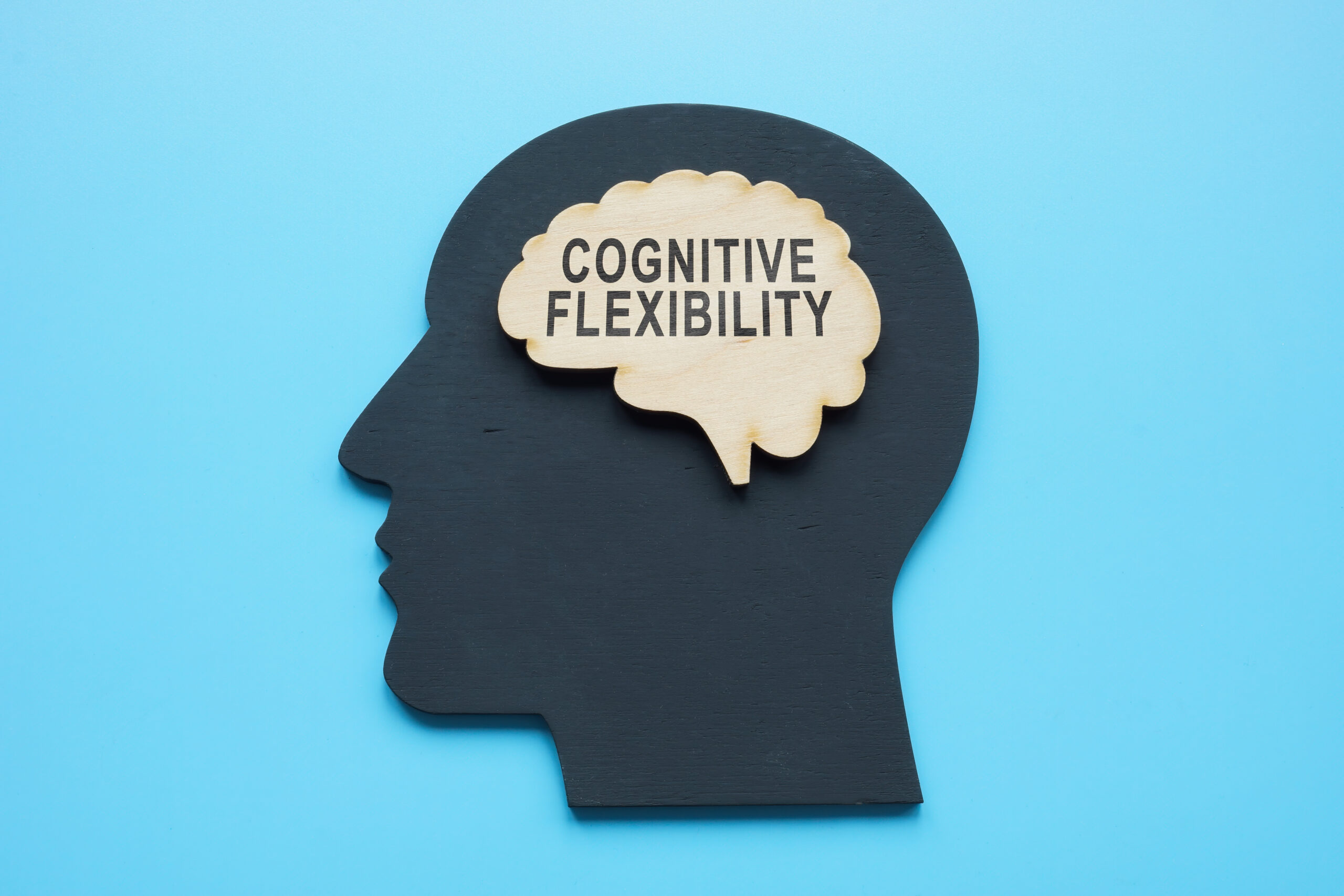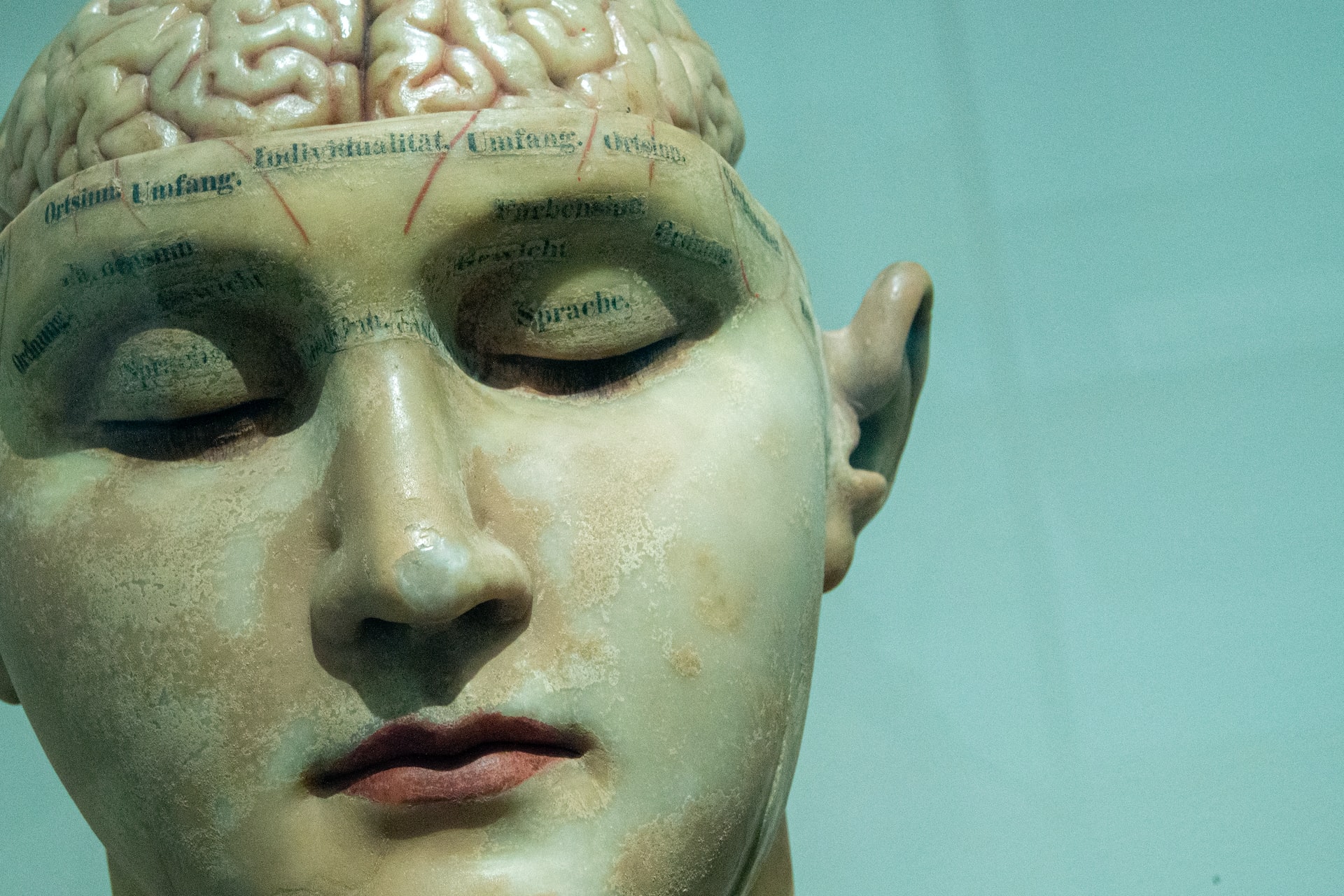Tell me about cerebral ischemic stroke
Cerebral ischemic stroke, commonly known as just “stroke”, is a serious medical condition that occurs when the supply of blood to the brain is interrupted or reduced. This results in damage to brain cells due to lack of oxygen and vital nutrients. A stroke can happen to anyone at any age, although it is more common in older adults.
It is estimated that stroke is the second leading cause of death globally and the leading cause of disability. In the United States, someone has a stroke every 40 seconds, making it a major public health concern.
Understanding the causes, risk factors, symptoms, and treatment options for cerebral ischemic stroke is crucial in preventing and managing this life-threatening condition.
Causes:
The majority of strokes (about 80%) are classified as ischemic strokes. This means that they are caused by a blockage or narrowing of the blood vessels that supply blood to the brain. The most common cause of this blockage is a blood clot, which can form in an artery already narrowed by plaque buildup (atherosclerosis). This type of stroke is also known as a thrombotic stroke.
Another less common cause of cerebral ischemic stroke is an embolic stroke, where a blood clot or other debris travels from another part of the body and gets lodged in an artery in the brain. This can happen due to conditions such as atrial fibrillation (irregular heartbeat) or heart valve disease.
Risk factors:
There are several risk factors that can increase your chances of having a stroke. Some of these are uncontrollable, such as age, gender, and family history. As we get older, our risk of stroke increases significantly. Men also have a slightly higher risk than women, and having a close relative who has had a stroke can also put you at a higher risk.
However, there are many modifiable risk factors that you can manage to reduce your chances of having a stroke. These include high blood pressure, high cholesterol, diabetes, obesity, smoking, excessive alcohol consumption, and a sedentary lifestyle. By adopting a healthy lifestyle and managing these risk factors, you can significantly decrease your chances of having a stroke.
Symptoms:
Symptoms of cerebral ischemic stroke can be sudden and may vary depending on the severity and location of the blockage in the brain. The most common symptoms include weakness or numbness in one side of the body, difficulty speaking or understanding speech, vision problems, severe headache, dizziness, and loss of balance or coordination.
If you or someone you know experiences any of these symptoms, it is important to seek immediate medical attention. Time is crucial in treating a stroke, and the sooner it is diagnosed and treated, the better the chances of recovery.
Treatment:
The treatment for cerebral ischemic stroke depends on the type of stroke, the location of the blockage, and the severity of the symptoms. The main goal of treatment is to restore blood flow to the brain and prevent further damage.
In some cases, medication can be given to dissolve the blood clot and restore blood flow to the brain. This is known as thrombolytic therapy and needs to be administered within 3-4 hours after the onset of symptoms.
In other cases, surgery may be necessary to remove the blockage and prevent future strokes. This can include procedures such as carotid endarterectomy or angioplasty and stenting.
In addition to medical treatment, rehabilitation is also an important part of stroke recovery. This can involve physical therapy, occupational therapy, speech therapy, and psychological support to help regain lost skills and adjust to any disabilities caused by the stroke.
Prevention:
While some risk factors for stroke cannot be controlled, there are many steps you can take to reduce your risk. A healthy lifestyle is key in preventing not only strokes but also many other chronic diseases. This includes maintaining a healthy weight, exercising regularly, eating a balanced and nutritious diet, managing stress, and avoiding smoking and excessive alcohol consumption.
If you have any underlying medical conditions such as high blood pressure, high cholesterol, or diabetes, it is important to work with your healthcare provider to manage them effectively. Regular check-ups and screenings can also help detect any potential risk factors early on.
In conclusion, cerebral ischemic stroke is a serious condition that can have devastating consequences. By understanding the causes, risk factors, symptoms, and treatment options, you can take steps to reduce your risk and seek immediate medical attention in case of a stroke. Remember, time is of the essence when it comes to stroke, so don’t hesitate to seek help if you or someone you know experiences any symptoms.





